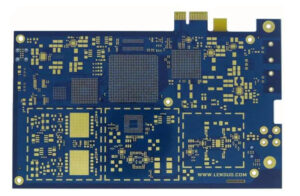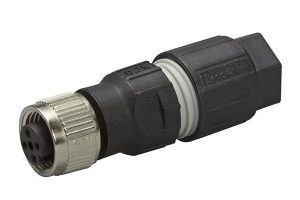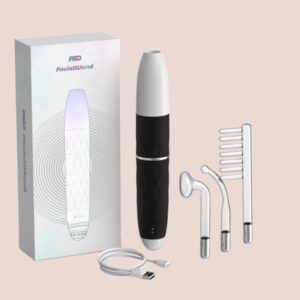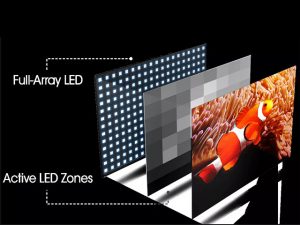
In the world of LED displays, the choice between Surface-Mount (SMD) and DIP LED technologies can significantly impact the performance and suitability for various applications. In this blog post, we will explore the key differences between these two LED display technologies to help you make informed decisions for your specific needs.
1. Wide Viewing Angles
Outdoor SMD full-color LED displays offer a distinct advantage with their exceptionally wide viewing angles. They provide over 110 degrees of visibility both horizontally and vertically. This feature proves invaluable in applications such as building displays or high-hanging outdoor wedding LED screens, where a broader viewing angle enhances advertising effectiveness.
2. Excellent Color Consistency
Achieving consistent color matching across red, green, and blue ellipsoidal LEDs at different angles is a challenging task. However, SMD full-color LED displays excel in this aspect due to their three-in-one design. In SMD displays, all three color chips (red, green, and blue) are housed within a single cup-like structure, ensuring high uniformity in brightness matching at various viewing angles. This characteristic results in more realistic and vibrant color reproduction.
3. Superior Color Mixing
The proximity of the three color chips within the same cup in SMD displays allows for excellent color mixing, especially suited for close-range viewing. In contrast, DIP ellipsoidal LED displays, with their separate LEDs, may not achieve the same level of color blending, making them less ideal for applications where viewers are in close proximity to the screen.
4. High Contrast Ratio
The smaller size of SMD LEDs translates to a smaller emitting surface area and a larger black area between pixels. This design inherently enhances the contrast ratio of SMD full-color LED displays, resulting in more vivid and striking visuals.
5. Automated Production
SMD LED displays are known for their high production efficiency, thanks to the possibility of fully automated pick-and-place assembly. The design of LED modules for outdoor SMD displays often integrates the LED board and the driver board into a single unit, reducing costs, enhancing reliability, and boosting production efficiency. Moreover, automated placement ensures precise vertical alignment of SMD components, overcoming issues related to vertical precision that can affect DIP ellipsoidal LEDs, ultimately guaranteeing superior optical performance.
6. Lightweight Cabinet Design
SMD full-color LED displays commonly employ lightweight aluminum alloy cabinets. These cabinets not only offer ease of assembly but also reduce the overall weight of the display. This feature makes SMD displays well-suited for rental companies, mobile media applications, and installations where minimizing the load on supporting structures is essential.
7. Eliminating Gluing Process
Traditional outdoor LED displays often require the gluing of modules to protect them from environmental factors like sunlight, rain, and UV exposure. Over time, the adhesive material can degrade, leading to module detachment and compromised waterproofing. Additionally, the adhesive can seep into the display, causing corrosion to the PCB board. Surface-mount SMD full-color LED displays, when applied with a gluing process, face even greater challenges due to their shorter LED legs and thinner glue layers. However, advancements in LED chip and packaging technologies have enabled SMD LEDs to meet outdoor environmental requirements without the need for gluing.
In summary
Choosing surface-mount (SMD) or DIP LED displays depends on your specific application requirements. SMD displays offer distinct advantages in terms of viewing angles, color consistency, color mixing, contrast ratio, automated production, lightweight design, and elimination of the gluing process. As LED technology continues to advance, SMD displays have become a viable option for outdoor applications, providing both efficiency and superior performance. Whether it’s a dynamic building display or a mobile media installation, the right LED display technology can make all the difference in delivering stunning visuals to captivate your audience.




